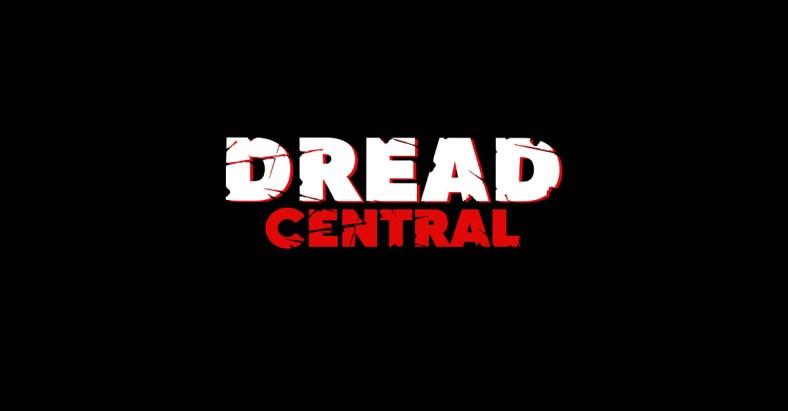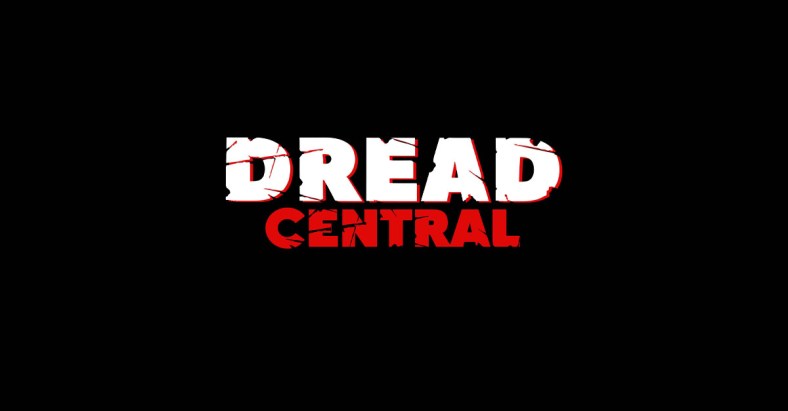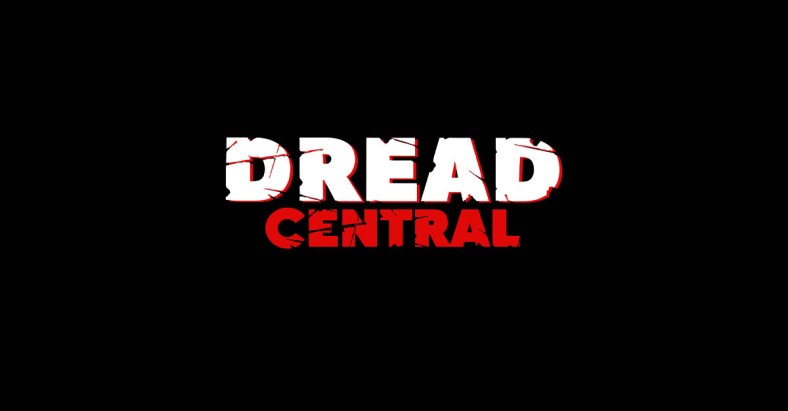Unearthed Exclusive Part 2 of 2: Master of Horror Tom Holland Reminisces the Late George A. Romero and Tobe Hooper

The world of horror received two heavy blows in 2017, first with the passing of legendary filmmaker George A. Romero on July 16th, the man responsible for the seminal 1968 film Night of the Living Dead (and arguably the creator of the zombie film genre itself), and then once again with the loss of writer, director and producer Tobe Hooper on August 26th, the visionary behind the 1974 gut punch classic The Texas Chain Saw Massacre.
One week following the latter’s passing, I sat down with one of those pair’s peers, Fright Night and Child’s Play filmmaker and Psycho II writer (and a “Master of Horror” in his own right) Tom Holland at his home in the Hollywood Hills, to discuss over coffee his thoughts on those genre-defining films, which had sent both Romero and Hooper into the cinematic stratosphere, as well as his relationships with the men behind them.
(Part 1 of this article can be found here: )
“You know, Tobe was a pretty good friend of mine,” stated Holland of the Texan filmmaker, who in addition to his groundbreaking The Texas Chain Saw Massacre, went on in no particular order to direct its darkly comedic follow up The Texas Chainsaw Massacre 2 in 1986, as well as the 1985 science fiction/horror cult fave Lifeforce, the giallo influenced Funhouse in 1981, and the 1982 Steven Spielberg co-written and produced box office hit Poltergeist, among others.

“I spoke with him just a week before he passed,” said Holland wistfully of his last interaction with Hooper. “And we talked a lot. I first met him at the premiere of Neil Marshall’s Doomsday at Universal in 2008, and we became fast friends, and we started having dinner periodically with the women, and the girls got along. And let me tell you, Tobe never thought he was going to be gone. And what happened, was his son went in and found him (deceased) in bed when he hadn’t gotten up that morning, but I suppose when you think about it, that’s a pretty good way to go: in your sleep.”
“Anyway,” said Holland, “Tobe was in the same financial circumstances as George was on Night of the Living Dead when he made Chain Saw. Tobe was making commercials, and he was working as an assistant film director at the University of Texas in Austin, and he was a documentary filmmaker, but he really didn’t get his ass in gear until Chain Saw, and Chain Saw is just fucking brilliant! I keep forgetting it when I think of the progression from Psycho through Halloween, that Chain Saw fell in between those films, and when you think about that, Halloween doesn’t look so good. I mean, I am a big admirer of John Carpenter’s, but in comparison, it’s a candy-coated version of a slasher film when compared to Hooper’s.”
Made for roughly $300,000 with an enormously profitable $30 million domestic box office take, the film was also banned outright in many countries at the time of its release, due to its inherent violence, of which Holland commented, “The brutality of Chain Saw! It’s not really a comfortable film to watch, but the same can be said of The Last House on the Left, which is another “primitive” film, and Wes knew what he was doing at the time (as well). And Carpenter’s Assault on Precinct 13 is the same. But Halloween was a huge commercial success, done with studio support, and Tobe didn’t have that with Chain Saw. He like George was also working with short ends on 16 millimeter, and he still delivered something ferocious. When it starts, it never stops. You don’t have a time to even take a breath. It’s a slasher. It’s terrifying. It’s brutal. I think it’s just a great film. And the famous finale, of Gunnar Hansen swinging the saw as dawn came up behind him? That was an artist at work.”
“The Texas Chain Saw Massacre was a huge step,” Holland continued, “and maybe the first one that broke after Psycho. I mean there were the 1963 Jimmy Sangster films Paranoiac and Maniac, but I’d never seen anything with the unrelenting brutality of Chain Saw, and I know she passed recently, but (the film’s lead actress) Marilyn Burns should have been given more credit. She sold that movie, and I don’t think anyone in there was a professional actor (at the time). They were aspiring actors in the local theatre, and Gunnar (Hansen) was a teacher I believe. I mean, how do you explain that? The film is eighty-three minutes of brilliance coming from what at the time was a backwater town in Texas.”
“But Tobe was drunk on film. And I knew Tobe much more than Romero, as I’d only met Romero on a few occasions, and he seemed like a very nice guy to me. But probably, Romero has been more impactful on the history of film than Tobe, because he created the (zombie) genre itself, and I don’t know very many people who’ve done that. I mean, I might have created the killer doll genre, but nothing like what Romero did.”
Asked if The Texas Chain Saw Massacre had influenced his own work in any capacity, Holland replied, “No, it’s not my taste. I have a love for the psychological element of terror, and building suspense before shit hits the fan. With Tobe, the fan just ran the entire time! But they, George and Tobe, were both just great filmmakers. I was going to say with Carpenter’s Halloween, it’s a much more elegant film.”
We concurred, from Halloween’s Panaglide polish to its complex 5/4 meter score, whereas from the onset of The Texas Chain Saw Massacre, from the cringe-inducing sound design to John Larroquette’s ominous off screen monologue intro, audiences of the latter were thrust into what feels to this day a nightmarish film cum-documentary.
“I didn’t know that was John Larroquette,” said Holland. “Here’s an arcane film fact. Jeanette Nolan, who partially did the voice of “Mother” in Psycho, played my mother in the (1970) film A Walk in the Spring Rain (in which I co-starred). She was a terrific character actress in Hollywood, and I didn’t know until years later that she had voiced “Mother.” Isn’t it amazing how all of these little things come back to one?”
“Anyway, both Night of the Living Dead and Chain Saw were great films, and we lost two great filmmakers, and we’re not going to have any more. I don’t know how you can re-produce those types of people, because of the tools they had to work with. I mean, when I shot Fright Night, we used these huge Mitchell cameras, and you couldn’t even move them. Now you don’t even think about these things. I mean, I made Child’s Play in part because of Dan Curtis’ (1975 film) Trilogy of Terror, and there weren’t Steadicams then. He put the camera on roller skates to get the doll’s POV as it was chasing Karen Black. So the equipment has gotten so much better, so much lighter, and so much cheaper, that it’s almost like a different sort of filmmaking now. Then, it cost you money. You needed to buy 35mm, and you needed to get it processed.”
Reminiscing, Holland offered, “I remember my first year at Northwestern, and I was looking around for the film school, and there really wasn’t one. It had only one room with a couple of 8mm and 16mm cameras and I went out and shot, and edited with a cold splicer with white gloves and acetone, and it was so much work that you messed with the cut as little as possible!”
“Everyone loved Tobe, though,” returned Holland to Hooper. “You know, I’m going to this Masters of Horror dinner tomorrow night, to laud both he and George, and they’re gonna’ say how nice Tobe was, and how funny and charming, and he was, but he’d kill you over a creative choice in his movies. I mean, he was like stone, and resistant to any change whatsoever once he’d decided what he was going to shoot. He’d come in and know what his shot list was every morning. He was immovable, and not someone who took kindly to studio interference. And he was smart politically, in that he didn’t burn bridges.”
Given this, the climate on the set of Hooper’s seventh filmPoltergeist, one in which purportedly found co-writer and producer Spielberg often injecting himself into the directorial realm, most likely proved challenging.
“He hated Spielberg,” said Holland. “He hated what had happened with Poltergeist. All his life he avoided saying anything negative about Spielberg because he was afraid of him, because he wanted to work again. But that film was a bur under his saddle. But he was not one to compromise. And you can also say that after Poltergeist, his career trended down. But Tobe, he was a really likable guy.”
Note: this interview is an excerpt from the forthcoming book “Unearthed: A Look Behind the Terror,” currently being written by Sean James Decker and edited by Steve Barton of Dread Central. For more, follow Decker on Twitter @seanjdecker and on Instagram @seanjdecker.

Categorized:Editorials

